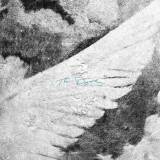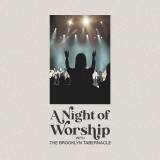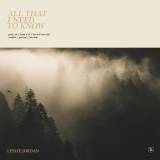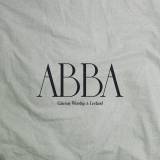Vocal Range, Vocal Registers

There seems to be a lot of confusion amongst singers, especially those who are not trained or have no musical background, with regards to certain vocal terminology. For this reason, I have created a glossary of terms to help singers better understand the basic concepts of vocal range, vocal registers and voice type.
A companion to this article, How To Determine Singing Range, provides additional practical information on several of the topics discussed more briefly in this article.
Vocal Range
In its broadest sense, the term vocal range refers to the full spectrum of notes that a singer's voice is able to produce, starting from the bottommost note and reaching to the uppermost note. In other words, range refers to the distance between the highest and lowest pitches that a singer is able to sing. This extreme range of the individual's voice, consisting of all non-utilizable, utterable but nondescript vocal sounds, measured from the lowest grunt to the highest obtainable vocal squeak may also be called 'vocable compass'.An untrained singer typically has a more limited range than a well-trained singer, who has learned how to gain access to more notes through correct technique and through regularly exercising and using the vocal instrument for singing tasks. Every instrument has its own unique range capabilities, as well, with some voices being able to develop more extensive ranges than others.
In opera or solo classical music, often only the parts of the range that are considered musically useful are counted as part of the range. 'Usefulness' with regards to range in classical style singing is defined by consistency of timbre and the ability to 'project' the pitches effectively. For example, since falsetto pitches are not used in most opera, they are not considered part of the vocal range of a male opera singer. Also, if any pitch cannot be properly carried (i.e. heard over an orchestra without amplification), it is not considered part of the range.
While a singer may have access to many more notes both above and below his or her 'useful range, those notes are not necessarily counted or used when singing classical song selections. (In the keyboard diagrams of vocal ranges below, only the expected, 'publicly performable' range for each voice type is highlighted.) The range of vocal tones that can be rendered with some degree of musicality may also be referred to as 'singable compass'.
Put even more simply, a certain section of a singer's range, (likely the middle portion), will make up his or her most comfortable and practical range, whereas other sections of the same singer's range, (the highest and lowest portions), will be available or accessible, but will not necessarily be as strong or as desirable in tone. Thus, a mezzo-soprano might have a two octave 'useful' range for classical repertoire purposes, yet have access to another octave or so above that range and another half octave or so below it.
In choral music, where many voices are singing in unison, it is somewhat less important for each individual voice to be flawlessly produced or completely audible over the orchestra. Therefore, the range that a certain voice type might be expected to sing in a choir may be a little broader than it would be in opera or in solo performances, (as is suggested in the diagrams indicating the range for each voice type below).
In contemporary styles of singing, singers typically employ amplification (i.e. microphones, speakers, etc.) when performing, which makes more of their range audible and thus usable.
To learn about how you can find your vocal range, read the section on range in How To Determine Singing Range and Vocal Fach (Voice Type).
Vocal Range, Vocal Registers
 Reviewed by Admin
on
5:00:00 AM
Rating:
Reviewed by Admin
on
5:00:00 AM
Rating:
 Reviewed by Admin
on
5:00:00 AM
Rating:
Reviewed by Admin
on
5:00:00 AM
Rating:
















Post a Comment